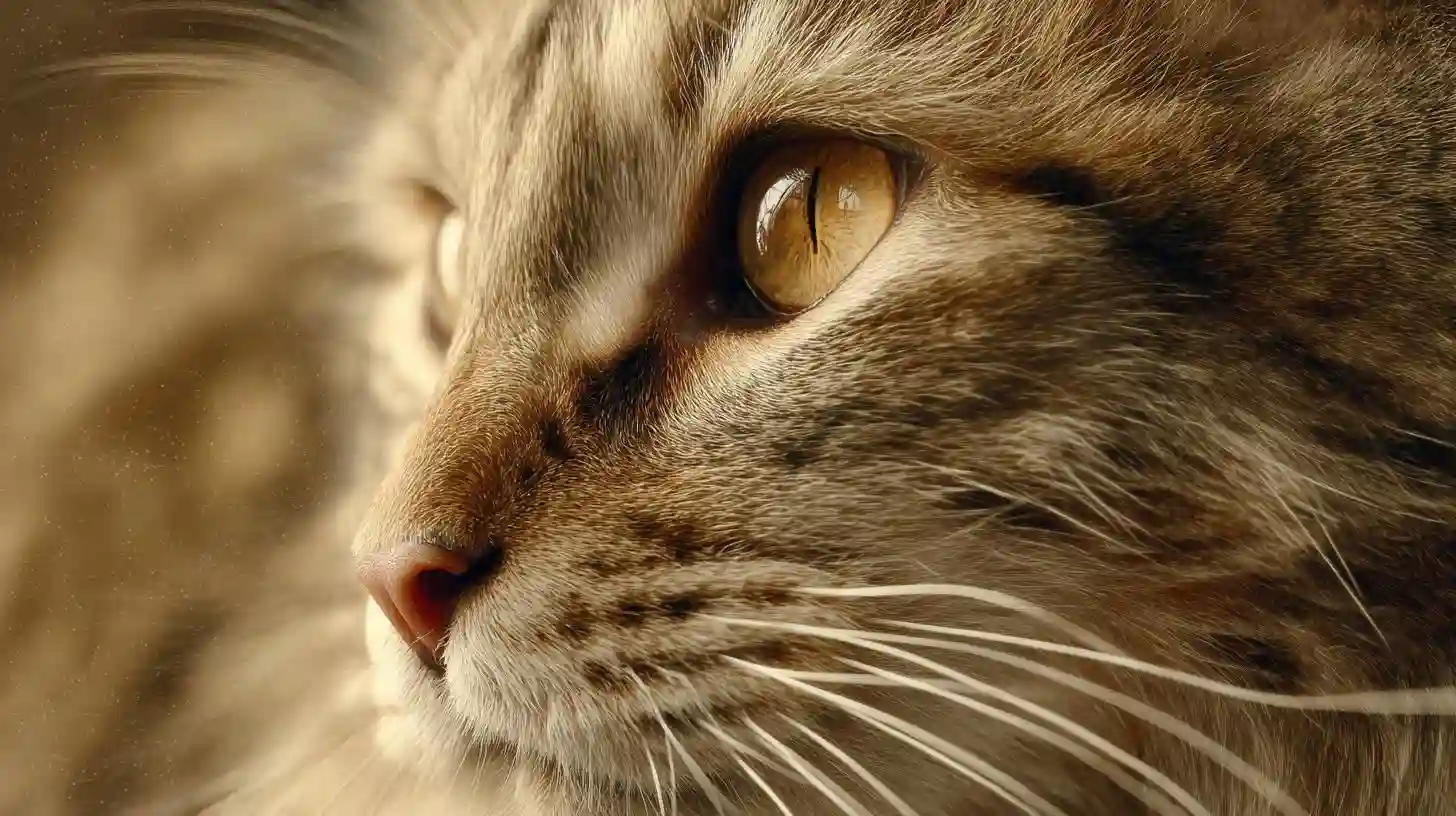
Across ages, cats and humans have become partners in a conversation without words, a conversation written in posture, gaze, and the rhythm of touch. We have learned to read the curve of a tail and the tilt of ears as quickly as we once learned to recognize a friendly gesture. From the alert prickle of whiskers to the slow blink that an animal offers when trust is shared, body language carries meaning that travels beyond language. An upright tail, a relaxed body, ears facing forward are signals of interest and approachability. When a cat places paws on a knee and presses with a rhythmic motion, it is a sign of comfort and possession of you as a safe space. Whiskers forward along with pupils dialed to a soft focus indicate curiosity rather than threat. Eye contact from a cat often signals social engagement when paired with a relaxed posture, whereas a sudden glare can be a warning. Humans respond with gentle movements, slow blinks, lowered voices, and open palms; in turn cats respond by leaning, purring, rubbing heads, kneading. These small exchanges accumulate into a shared social routine that resembles communication networks found in other social species. Scientists propose that domestication did not happen by conquest but by mutual tolerance; cats inhabiting human spaces found new hunting opportunities and humans found pest control and companionship, while both parties adjusted their signals to be legible to the other. Even when cats retain independence, their behavior is shaped by the human world; they chase lasers, they seek warm laps, they return to human signals of safety. Humans have evolved to appreciate the cues; we calibrate our voice to be soft, we tilt our head to indicate listening, we mirror the cat's pace of movement to keep rhythm. Over time a form of mirror neurons or shared affective resonance helps breed trust. Consider the everyday ritual of greeting a cat; a slow blink is like offering a kiss in a language cats understand. Consider the familiar act of cat rubbing against a leg and purring; this transforms solitude into social warmth. On the human side, our hands can become a safe ground when offered for gentle stroke along the back or behind the ears; the tempo matters, and a break in touch can prevent overstimulation. These nonverbal cues travel back and forth, weaving a bond that survives across species boundaries. Because this bond rests on sensory perception rather than words, it resembles many other forms of social living where individuals tune into the mood of the others, anticipate needs, and cooperate without overt conversation. From the earliest shelters to modern homes, the cat has learned to time its activity with the rhythm of human life, and humans have learned to respect the cat's need for control, space, and choice, turning our house into a shared habitat rather than a battlefield. Thus the body language of cats becomes a map of ancient cooperation, a silent script that both sides read to sustain trust and safety. Even small gestures like a tail carried high in greeting, a soft sigh of breath when nestled in a lap, or the quiet scratch of a chin can ripple through the tense moment and calm nerves. To witness this evolving dialogue is to glimpse a remarkable case of coevolution in which perception drives behavior and behavior reinforces perception, shaping not only how we care for animals but how we understand minds that speak in contours rather than consonants. Ultimately the fascination lies in how instinct becomes reflection, how the cat teaches a person to slow down, listen, and share space, and how a person teaches the cat to trust in return. The body language between cats and humans is a living archive of cooperation, a species script that continues to adapt as households grow more complex and as our emotions deepen. In touching moments of quiet companionship, we glimpse what science sometimes cannot capture about bond, that a gaze, a nuzzle, or a shared breath can lift mood and soften fear.